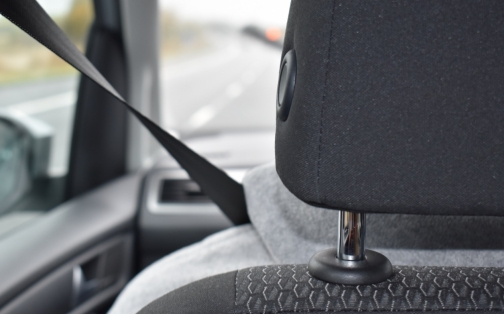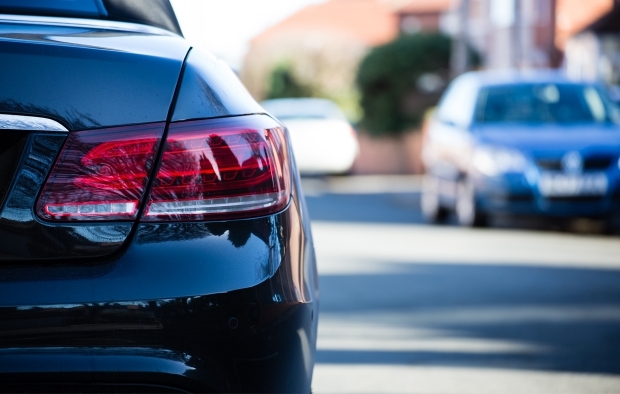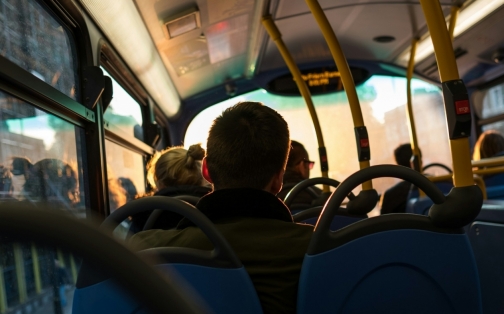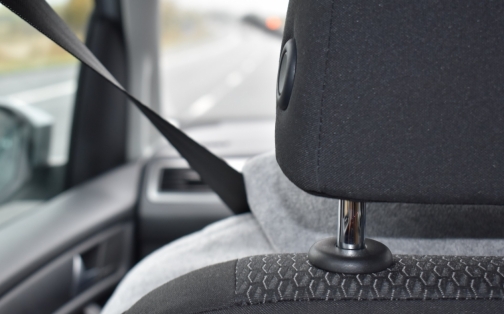
- Home
- News
- Road Traffic
- Travel sickness concerns for driverless cars

Travel sickness concerns for driverless cars
Driverless cars have come up against a new enemy in their progress to the nation’s roads; travel sickness.
Driverless cars have come up against a new enemy in their progress to the nation’s roads; travel sickness.
A troubling new study from the University of Michigan has suggested that the number of people suffering from nausea, dizziness and vomiting as a result of being a passenger could rise significantly when travelling in a computer operated car.
Those who were hoping to maximise their efficiency by checking emails or working whilst being chauffeured to work are likely to be especially disappointed by the news, as the researchers found that unless an automated car’s occupants kept their eyes on the road, except for sleeping almost any of the activities they were likely to do in a driverless car would mean they were more at risk from travel sickness.
“By switching from driver to passenger, by definition, one gives up control over the direction of motion, and there are no remedies for this,” the study’s authors warn, although there is a suggestion that ‘using visual stimulus and technology to “move” screens to imitate the actions of the car as it accelerates, brakes and turns’ could reduce the chance of motion sickness rearing its ugly head.
It’s hoped that adaptations made to driverless cars before they appear on the market could be the key to combatting queasiness. The report’s authors recommend installing larger windows and seats with greater reclining capabilities could help in future, as anything aside from watching the road or sleeping is likely to enhance a person's risk of suffering from travel sickness.
Share this article
Request a Callback
Had an accident that wasn’t your fault? Leave your details and we’ll call you back.
Thank you
Thank you for your request, one of our team members will be in touch shortly.
Find Out MoreExisting Client?
Keep on top of your claim 24/7, 365 days a year with Touchpoint, accessible from any internet-enabled device.



